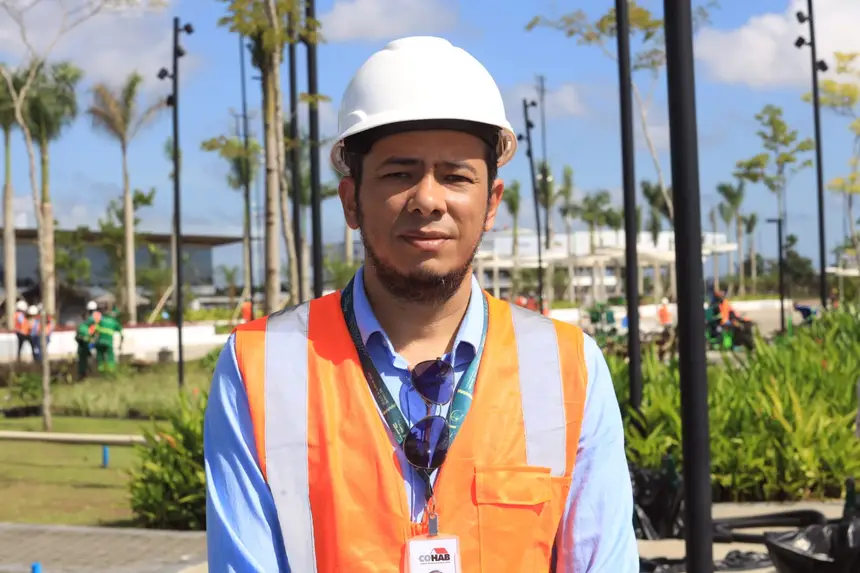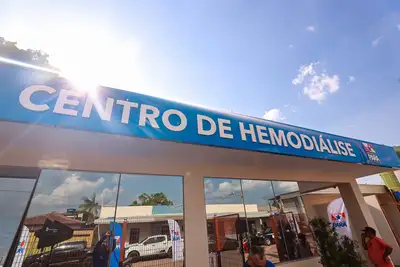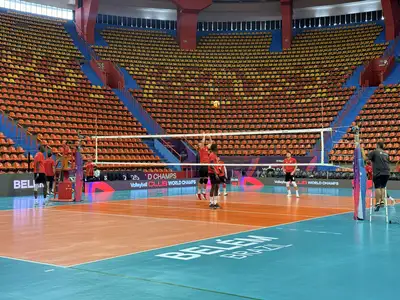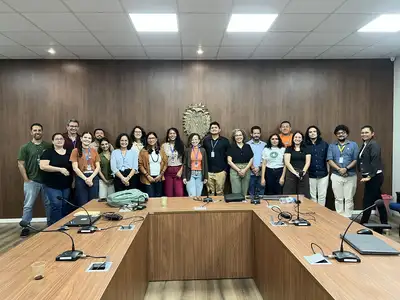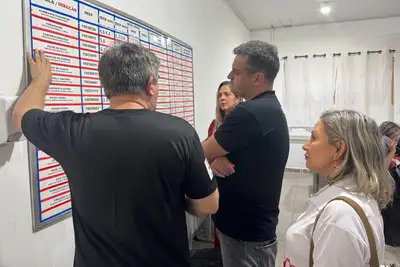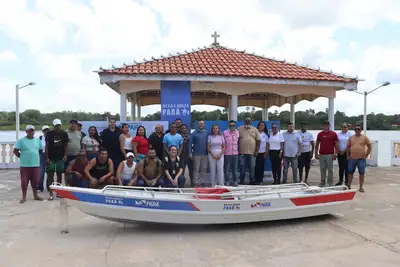Engineers and architects from Cohab visit the works of the City Park
The technical visit aims to learn about the sustainable urban planning of the park's construction
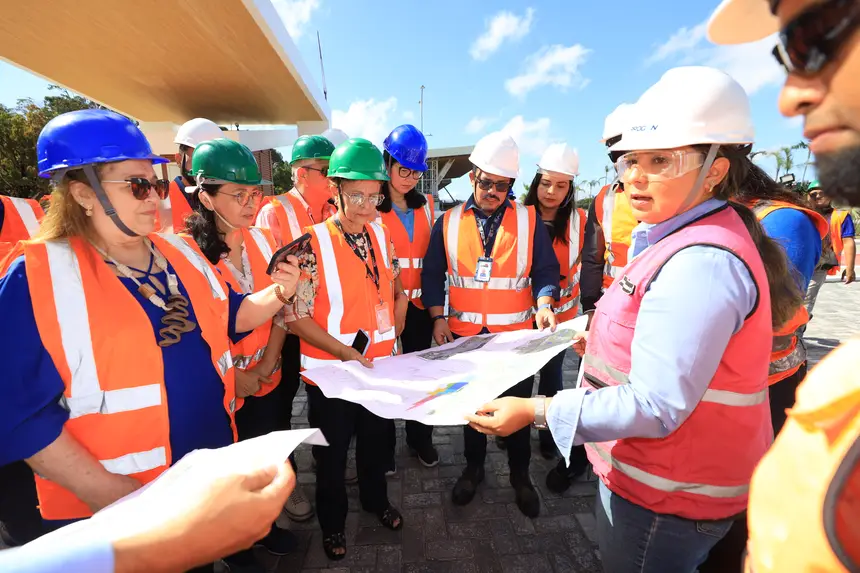
The Housing Company of Pará (Cohab) held a technical visit on Wednesday (21) to the works of the City Park, one of the most emblematic for the 30th World Climate Conference - COP30, in Belém. Engineers and architects from the Company participated in the visit.
According to the director of Housing Policy of Cohab (Dipol) Mariana Antunes Oliveira, the City Park is a reference in construction in Pará as it is designed as a model space for sustainable urban planning, bringing innovative solutions in green infrastructure, mobility, rational use of natural resources, and social integration.
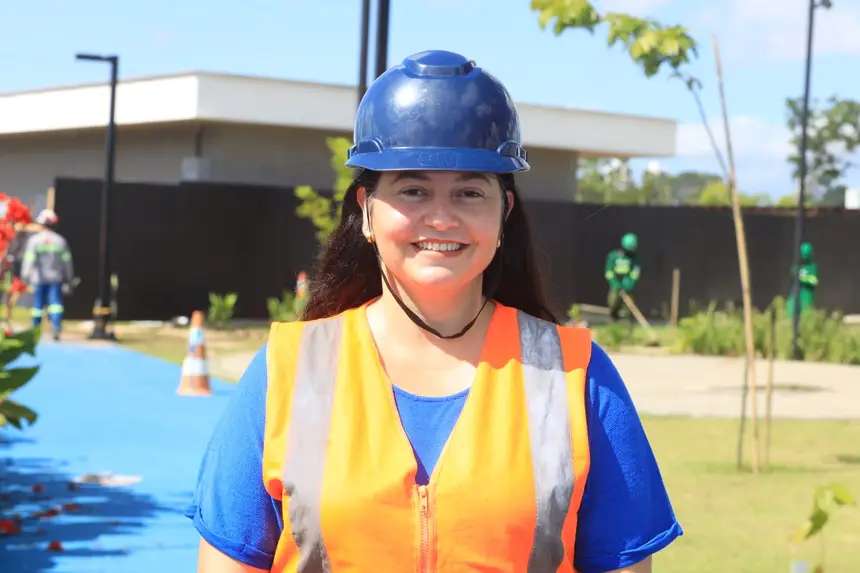
"The construction of the park is of utmost importance for Cohab, which directly promotes dignified housing for the people of Pará. Contact with this experience offers a unique opportunity for learning and technical updating so that we can also have knowledge of what is being used anew, integrating both green areas and urban planning," she explained.
The park stands out for incorporating advanced climate mitigation technologies, such as the use of photovoltaic solar energy - a renewable and clean source of electric energy obtained by converting sunlight into electricity - and rainwater harvesting and reuse systems.
Approximately 2,500 trees are planted in the area, which already has 190,000 ornamental plants and vast grassy areas, covering, together, 83,000 square meters of the constructed space. The integration of these natural elements not only beautifies the area but also plays a crucial role in improving air quality and reducing urban heat islands.
For the technical director of Cohab, civil engineer Edmilson Sousa, the legacy of the work goes beyond urban and landscape requalification. The project of the City Park "represents an important milestone in the integration between urban infrastructure and environmental sustainability." He also emphasizes that by combining advanced technical solutions with respect for natural resources, the work becomes an example of engineering focused on collective well-being, environmental education, and the promotion of quality of life.
"The experience was enriching from a technical point of view and reinforced the importance of the role of engineering in building more resilient, sustainable urban spaces integrated with the environment," he detailed.
Among the most anticipated constructions are the Creative Economy Pavilion and the Gastronomic Center. These spaces promise to be the epicenters of innovation and culture. The Creative Economy Pavilion aims to foster new businesses and opportunities for local artists and entrepreneurs, while the Gastronomic Center will offer a showcase for the rich cuisine of Pará, attracting both residents and visitors.
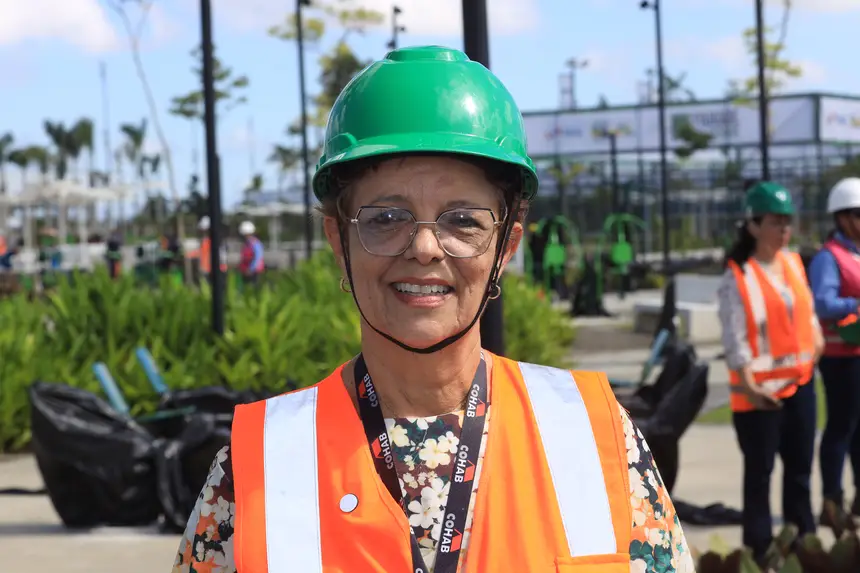
The architect and urban planner of Cohab, Fátima Santos, details that her greatest professional interest in visiting the work is related to urbanization and how the facilities are distributed. "So that with the innovations we could replicate in other places, as it is a space that welcomes you, that makes you want to return. I really liked the project; the state government's initiative deserves congratulations," pointed out the architect.
With about 83% of the COP Stage works completed, the City Park is being built on a 500,000 m² area of an old airport. In addition to being the location where the conference will be held, the park is one of the great legacies of COP for Belém and will be handed over for public use after the UN climate conference is held.


